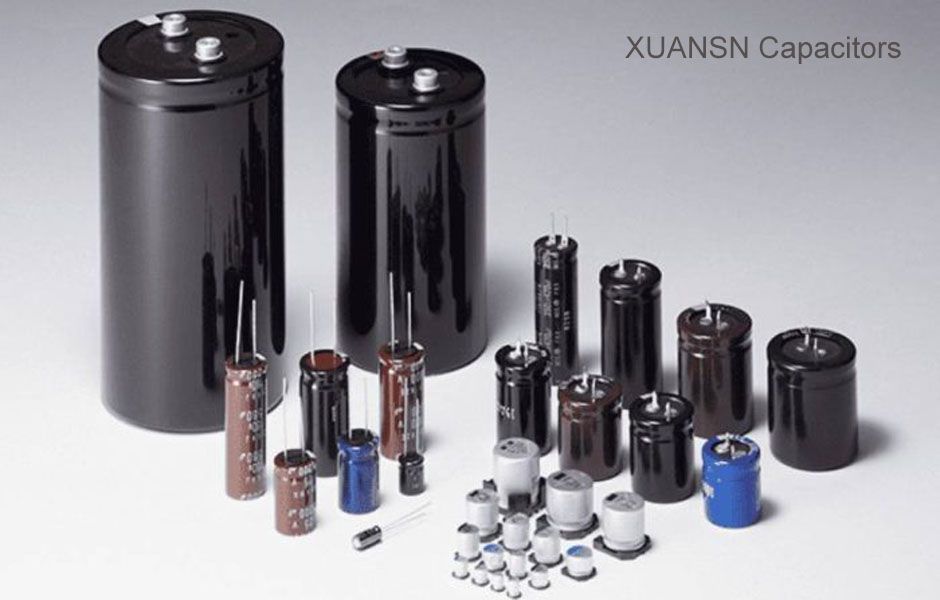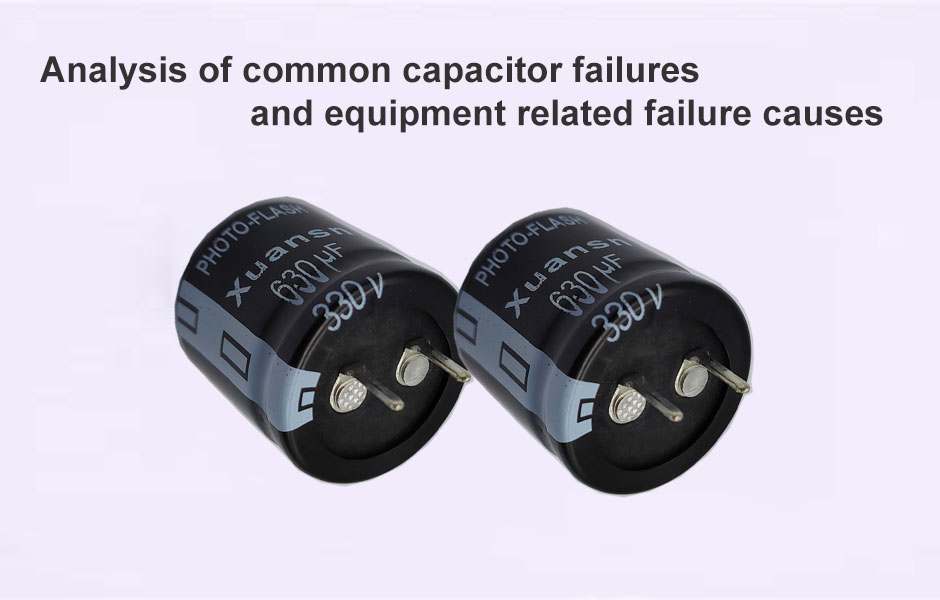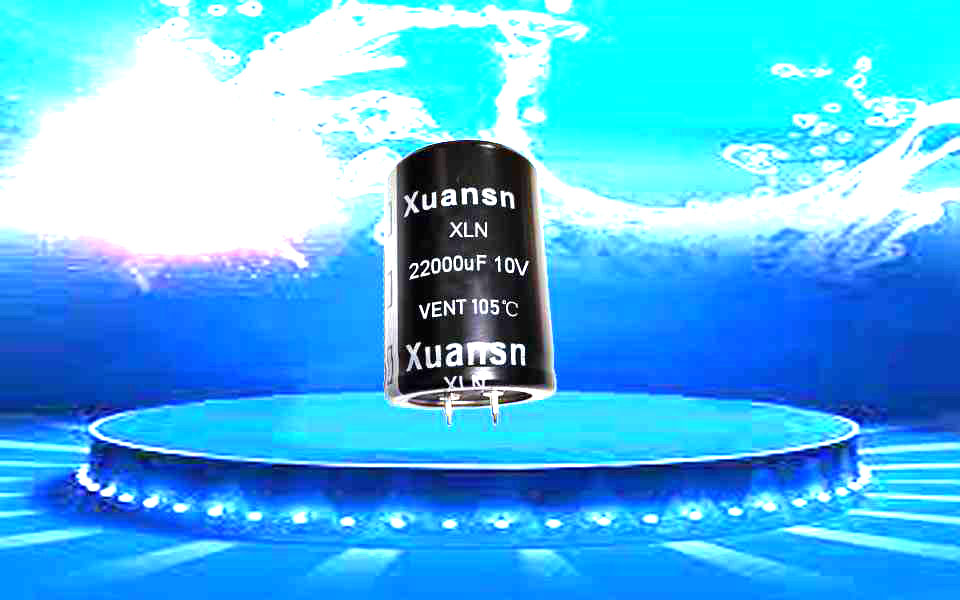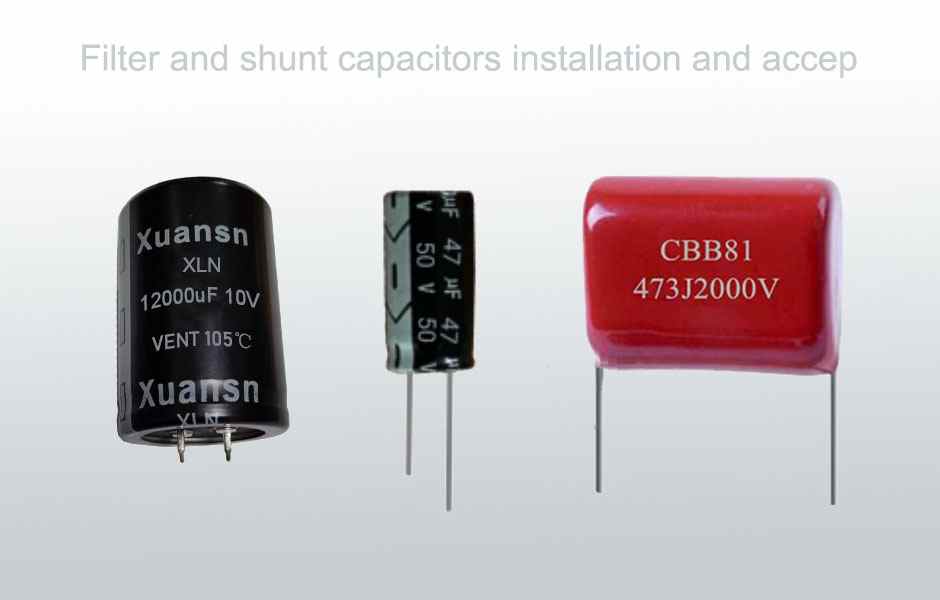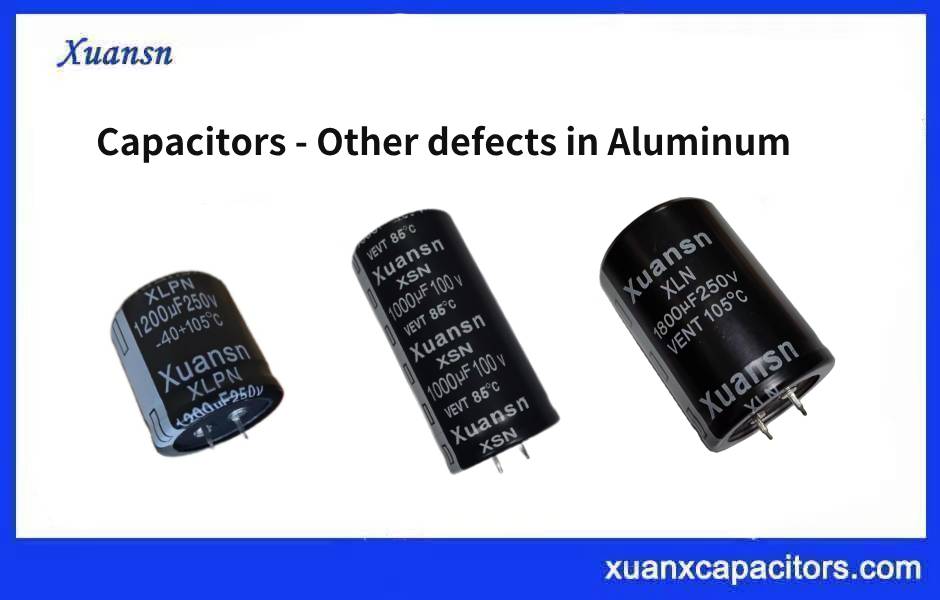The capacitor utilizes a surface effect with two electrode plates
1: Suppose a piece has a positive charge on it, then the other side will have a corresponding positive charge, so that an electric field is formed between the two plates, and the potential difference of the electric field is the voltage.
2: Assuming that a voltage is applied to the electrode, the electron begins to move along the direction of the electric field, and a current is formed, and the electric field strength increases from zero. As the electric field increases, the electric field gradually equals the electric field of the external voltage, and the current gradually increases. When reduced to zero, the voltage gradually increases to the external voltage. This will save energy.
3: If the voltage across the capacitor is DC, then the internal electric field position is unchanged, and the electric field formed by the external voltage is balanced, there is no current, so it is equivalent to an open circuit, so the straight line is straight.
4: When the voltage across the capacitor changes, the internal electric field begins to let the electrons move in order to balance with the external electric field, so there is current, so it is passed. However, since the current change is ahead of the change of the electric field, it is manifested that the current phase leads the voltage phase.
In order to generate current in the circuit, it is necessary to have a potential difference, and the potential difference drives the directional movement of the charge to form a current. Therefore, if there is a potential difference at both ends of a wire, a current is inevitably generated. When the circuit is turned off, there is a voltage across the open circuit of the circuit, but because the circuit is not connected, the charge in the circuit cannot move from a high potential to a low potential, so that no current can be formed. But it is a bit inaccurate if the current can only be generated in a closed loop. We know that the movement of the charge forms a current, but the potential difference is the cause of the charge movement, so a current is formed in the circuit as long as there is a voltage difference. Maybe you will be strange, disconnect the circuit, and there is no current present? The capacitor is like this. As can be seen from the structure of the capacitor, the two electrodes of the capacitor are open, and the larger the insulation resistance, the better. Then why can the capacitor pass the current? In fact, this is the key to the problem. When we connect the power supply to a circuit with a capacitor, there is no current in the circuit when the switch is turned off. After the switch is closed, there is current in the circuit, and the electric light connected in series in the circuit is lit. So, did you think that there is no potential difference between the capacitor plate and the power supply before we connect the power supply to the circuit? There are two different polarity of power on the power supply. The potentials of the wires are equal. When the external power supply with different polarity of power is connected in this circuit (when the circuit switch is disconnected), it is connected to the positive pole. The plate is lower than the potential of the positive electrode, and the current is generated. Similarly to the plate connected to the negative electrode, the free electrons in the plate are attracted by the high potential of the positive electrode to the positive electrode to form an electric current, so that the plate loses electrons. It shows a high potential. As the electron moves, the plate has a higher and higher point, and until it is equal to the positive point, the electron stops moving and the current disappears. At the same time, the plate connected to the negative electrode is higher than the negative electrode point (because the negative electrode is concentrated with a lot of electrons and exhibits a negative potential), so it ran to the plate, making the plate more stable. The lower the level, until it is level with the negative electrode. From this, it can be judged that there is current in the circuit, but this current appears too fast, and it disappears too fast (it is true, the speed of the current is very fast!), and because the circuit is broken, there is no charge in the lamp. The movement, so we will think there is no current in the circuit. When the switches in the circuit are closed, the electrons move in the same direction and the number is equal, forming an electron current, that is, a current.
Capacitor, capacitor structure
The capacitor uses the surface effect. There are two electrode plates, and an electric field is formed between the two plates. The potential difference of the electric field is the voltage, and the voltage is gradually increased to the external voltage, so that the energy storage is the current change. Leading to changes in the electric field, so the current phase is ahead of the voltage phase.

